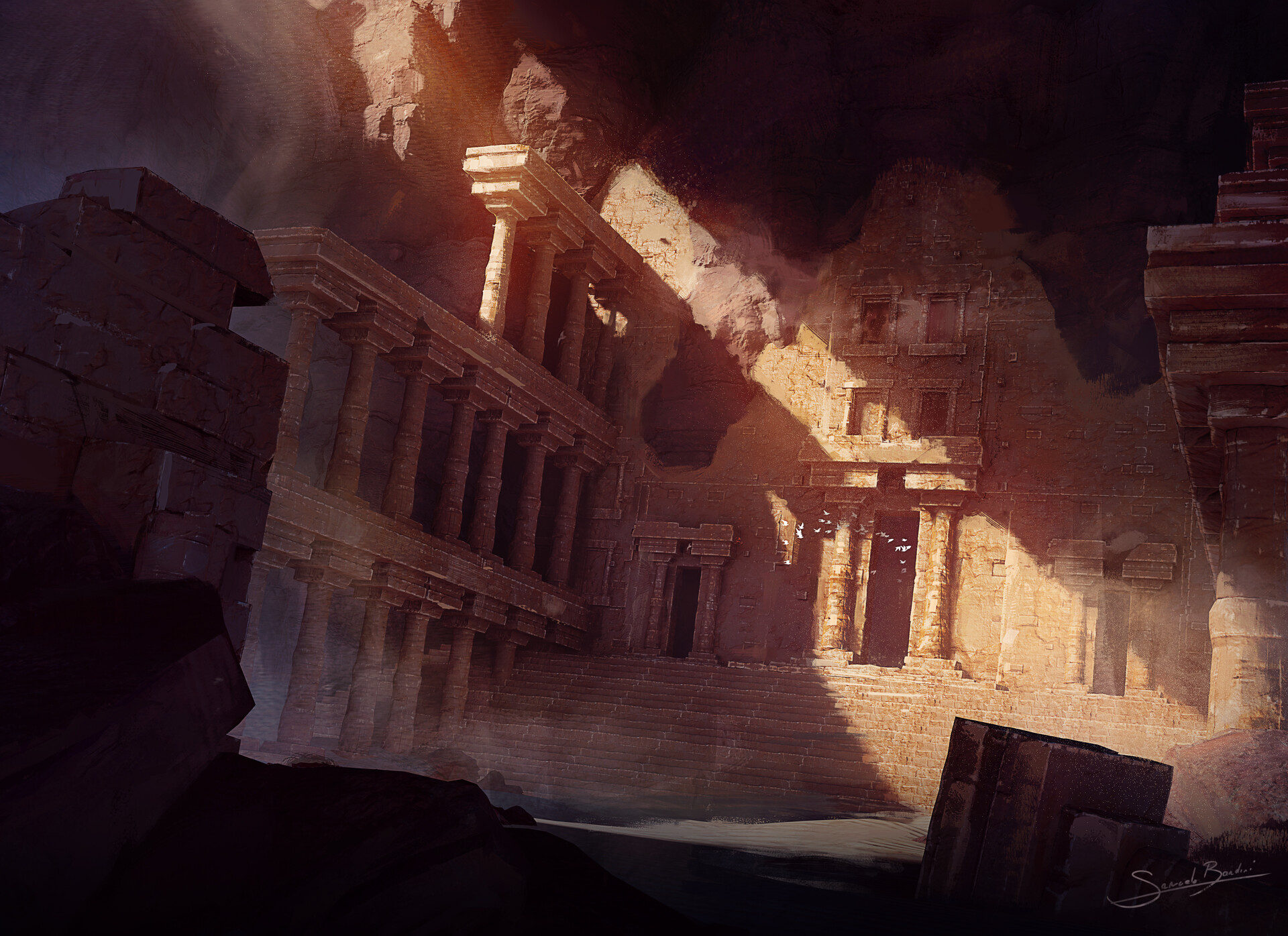Brains in the Garbage is set in a loose pastiche of Mesoamerica as it was before the conquest. I have my players pronouncing Nahuatl words and traveling with tamed cipacs (crocodiles) to dig a 30x30x30 foot cube of greenstone out of a mountainside with pickaxes and blasting powder. They're boiling maize with lime and then grinding it to make fresh tamales and tortillas.
In some ways, it's a leveler. Lots of people playing D&D typically know something about obscure Byzantine priests of the 12 century and why my "not Byzantine monastery in not Turkey" isn't historically accurate, to give a random and fictional example. By playing in this oft-ignored area, everyone's starting with the same amount of knowledge: none. However, stereotypes *cough* Aztecs sacrificing lots of humans *cough* still persist due to the heavy colonial version of history we're fed as kids. I recommend a great article by Cecelia Klein called "Not like Us and All the Same".
Name 3 Mesoamerican/South American cities besides Chichen Itza, Tenochtitlan, Teotihuacan, and Cusco.
Name 3 Mesoamerican/South American cultures besides the Inka, the Mexica (Aztecs), and the Maya faction represented at Chichen Itza.
It's terrifying how well the colonial legacy of conquered cultures as "primitive", "tribal", or "savage" still influences both academia and popular culture. Mel Gibson's Apocalypto is reflective of attitudes towards Mesoamerica. Something a little bit closer to home in the OSR, the Aztech orcs, while not a bellwether of the OSR, seem to be an entire culture distilled into some of its worst tendencies.
So far, the PC's have taken to the world pretty well. I haven't overloaded them with too much foreign terms. When I include lore, I try to incorporate the lore as flavor to crunch. Eventually, if I'm doing my job right, they'll begin to care about the lore for the lore's sake.
Tsung Rao, a Shugenja wizard from "faraway places" talking to some local farmers after gaining their trust about the local demon infestation:
"...alright. If you ever see a tree marked with this symbol, it'll be climbable. Up in the tree, buried in the lightning strike scar, is a polished circle of greenstone. If you reflect the sun to the east or the west, you may get the response. Do you know pepepetlaca (they flash/shine)? No? Here's a slab with the code letters. Remember, everything one of us knows they also know. Answer calls for help, but be cautious."
| This is the symbol referenced above - a pecked cross. It represents the concept of sacred time according to the Maya. |
All this new mythology is pretty cool. I haven't found a centralized, accessible source for all the different myths, but I'll try to share them.

No comments:
Post a Comment